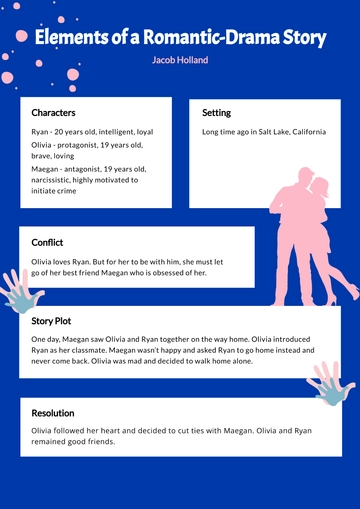Free Real History of Thanksgiving

The widely accepted story of Thanksgiving is often told as a joyful gathering in 1621, where Pilgrims and Native Americans came together to share a feast, celebrating a successful harvest and establishing harmony between two cultures. This narrative, immortalized in American history, is one of gratitude, resilience, and cooperation. However, the real history of Thanksgiving tells a far darker tale. For Native Americans, the arrival of European settlers marked the beginning of a violent and systematic erasure of their lands, cultures, and lives. The Thanksgiving holiday that is celebrated today masks the brutal realities of colonization, land theft, and the decimation of Indigenous peoples. It is a reminder of how history is often written by the victors, but the oppressed have a different and often untold story to share.
The Myth of Unity
The traditional Thanksgiving narrative emphasizes cooperation between the Pilgrims and the Wampanoag tribe, who allegedly helped the struggling settlers survive their first harsh winter. The feast that followed is described as a symbol of this newfound friendship, an event that laid the groundwork for peaceful coexistence between Native Americans and European settlers. However, this romanticized version of history overlooks key facts. The Wampanoag, like many other Indigenous peoples, were already facing decimation due to the diseases brought by earlier European explorers, which wiped out large portions of their population. The assistance they provided was not a gesture of submission or reverence but a survival strategy in the face of weakening numbers and threats from rival tribes.
Rather than a harmonious relationship, the interactions between the settlers and the Native Americans soon turned into a story of broken promises, betrayal, and bloodshed. In the years that followed the celebrated 1621 feast, tensions grew. The same settlers who were once in dire need of help began to encroach upon Native lands, leading to conflicts that culminated in violent wars and massacres.
The Pequot Massacre and the Birth of Thanksgiving
One of the most significant and overlooked events in the real history of Thanksgiving is the Pequot Massacre of 1637. The Pequot tribe, one of the most powerful Indigenous groups in the region, became the target of an attack by English settlers and their Native allies during the Pequot War. On the night of May 26, 1637, hundreds of Pequot men, women, and children were brutally killed, with their village set on fire. Following this massacre, the governor of Massachusetts Bay Colony declared a "day of thanksgiving" to celebrate the victory over the Pequot.
This act of celebrating the violent subjugation of Native peoples starkly contrasts with the narrative of gratitude and unity. For the Native Americans, Thanksgiving represents not just a loss of life, but the loss of sovereignty, culture, and autonomy. It marks the beginning of centuries of displacement and oppression that would culminate in the near-total destruction of Indigenous cultures in the United States.
The Legacy of Thanksgiving for Native Americans
For many Native Americans, Thanksgiving is not a time of celebration but a day of mourning. The United American Indians of New England have recognized this reality by designating Thanksgiving as a "National Day of Mourning" since 1970. This annual event serves as a reminder of the true history of colonization, land theft, and genocide that Indigenous peoples have endured. Rather than a commemoration of harmony, Thanksgiving has become a symbol of the violence and exploitation that Native Americans have faced at the hands of European settlers and the U.S. government.
While the Thanksgiving holiday continues to be widely celebrated in the U.S., many Native communities view it as an opportunity to educate others about the real history of the holiday. This alternative narrative challenges the dominant one taught in schools and perpetuated in popular culture. It encourages reflection on the consequences of colonization and calls for recognition of the resilience and survival of Native peoples despite centuries of systemic oppression.
Conclusion
The sanitized version of Thanksgiving that celebrates cooperation and shared prosperity ignores the devastating impact of colonization on Native Americans. For the oppressed, Thanksgiving is not a story of unity but a reminder of the bloodshed and betrayal that followed the arrival of European settlers. As we reflect on this holiday, it is important to acknowledge and honor the Indigenous peoples who suffered as a result of colonization and to understand that history is not a single narrative but a complex tapestry of perspectives, especially those of the oppressed. By challenging the dominant narrative of Thanksgiving, we can move towards a more truthful and inclusive understanding of America's past.
Thanksgiving Templates @ Template.net
- 100% Customizable, free editor
- Access 1 Million+ Templates, photo’s & graphics
- Download or share as a template
- Click and replace photos, graphics, text, backgrounds
- Resize, crop, AI write & more
- Access advanced editor
Explore the holiday's past with the customizable Real History of Thanksgiving Template from Template.net. Editable in our AI Editor tool, this template is perfect for presentations or educational content that delves into the historical roots of Thanksgiving. Personalize the visuals and text in this fully editable template to offer an accurate and engaging look at Thanksgiving’s true history.





























